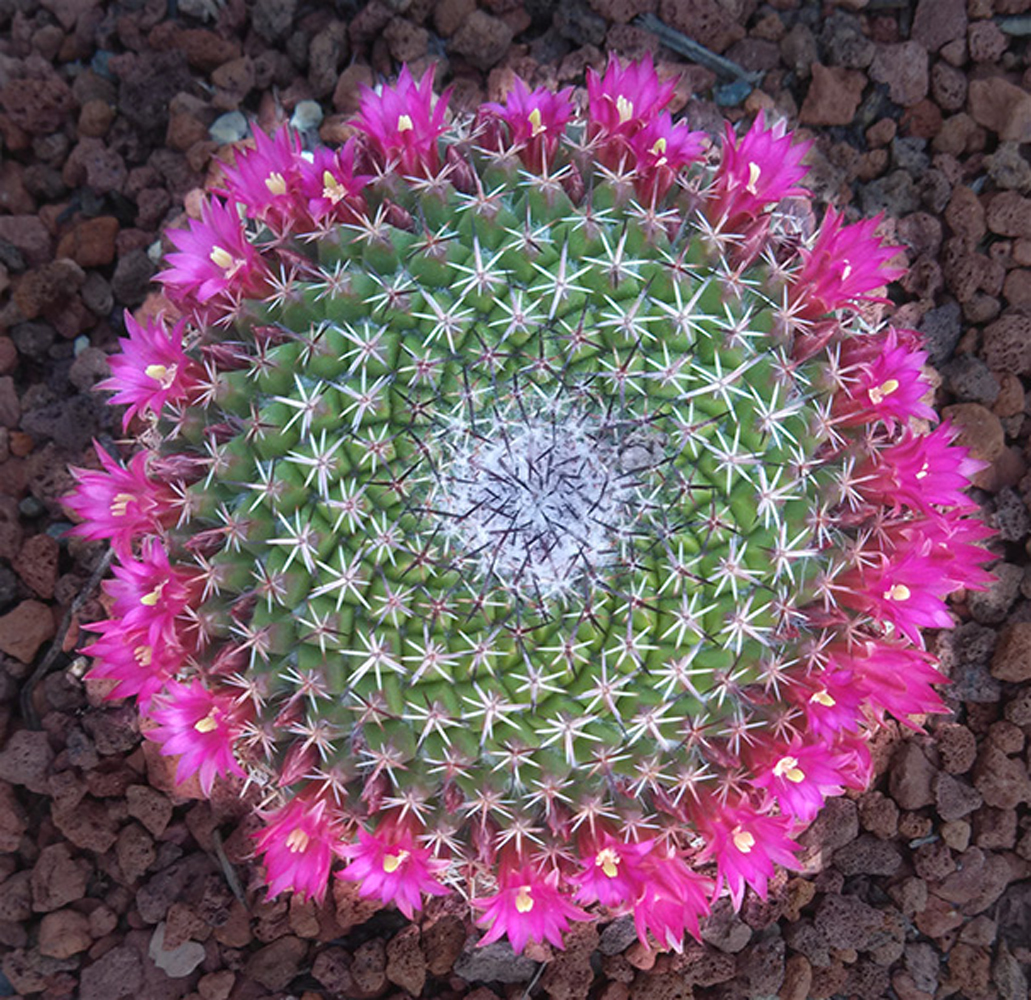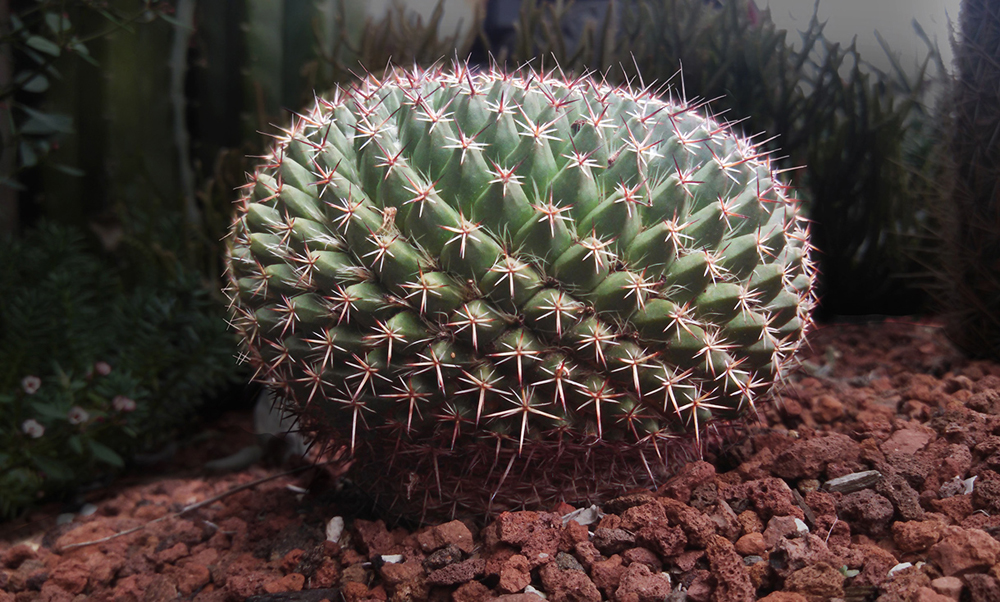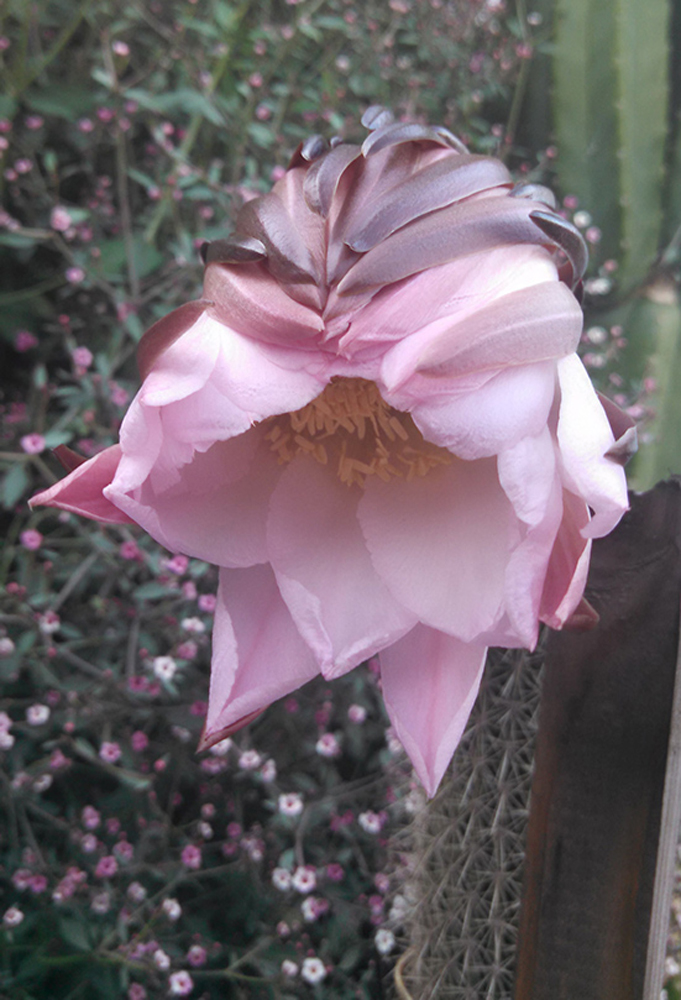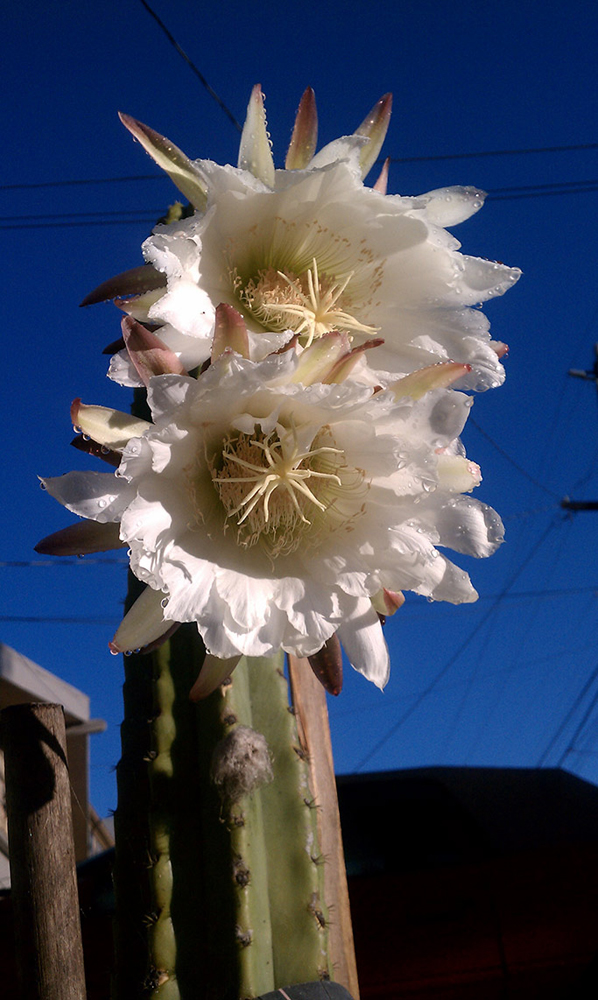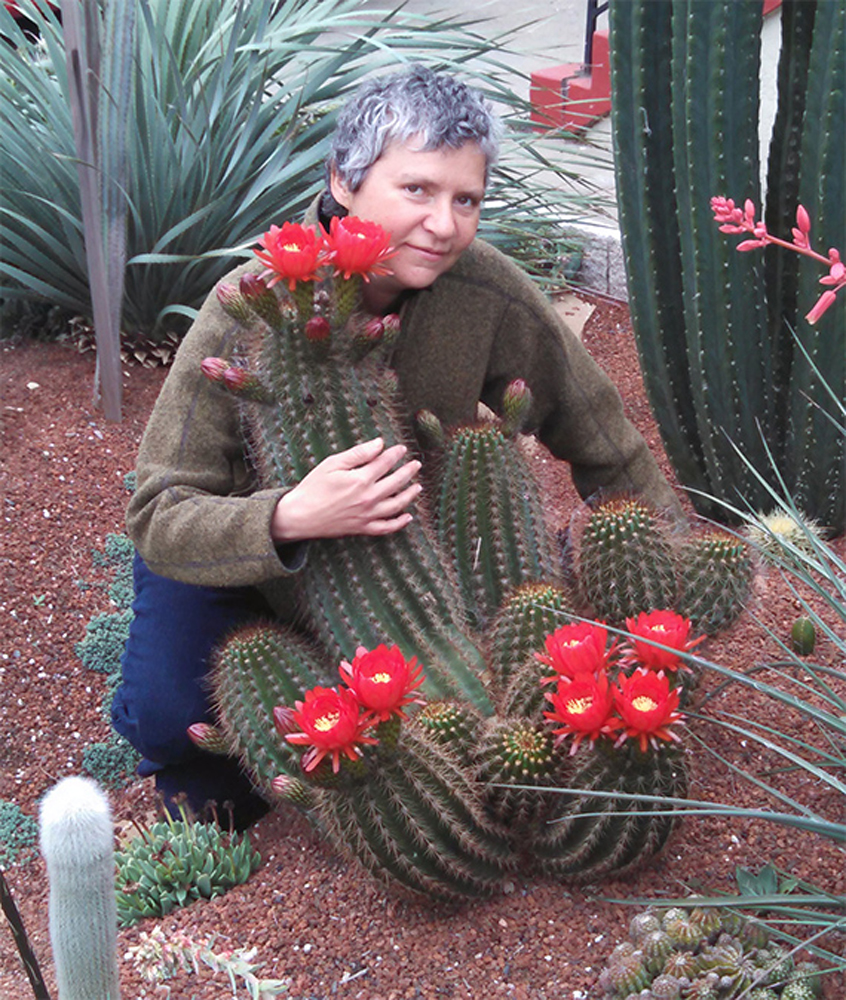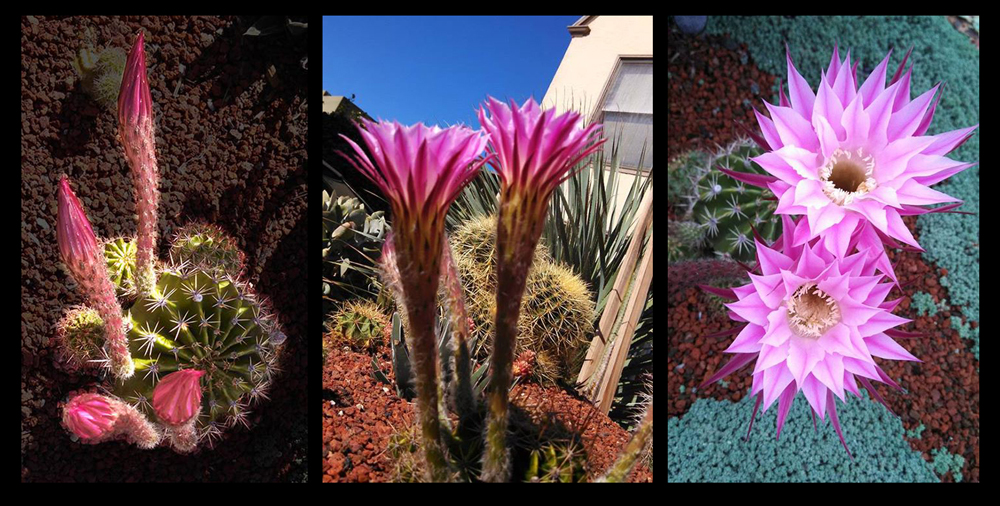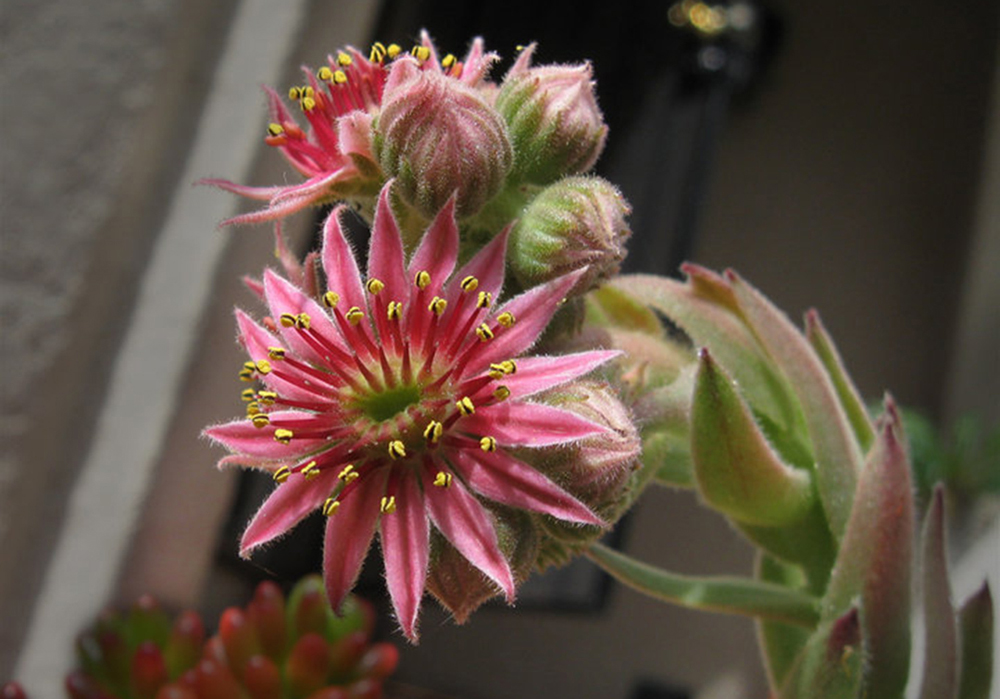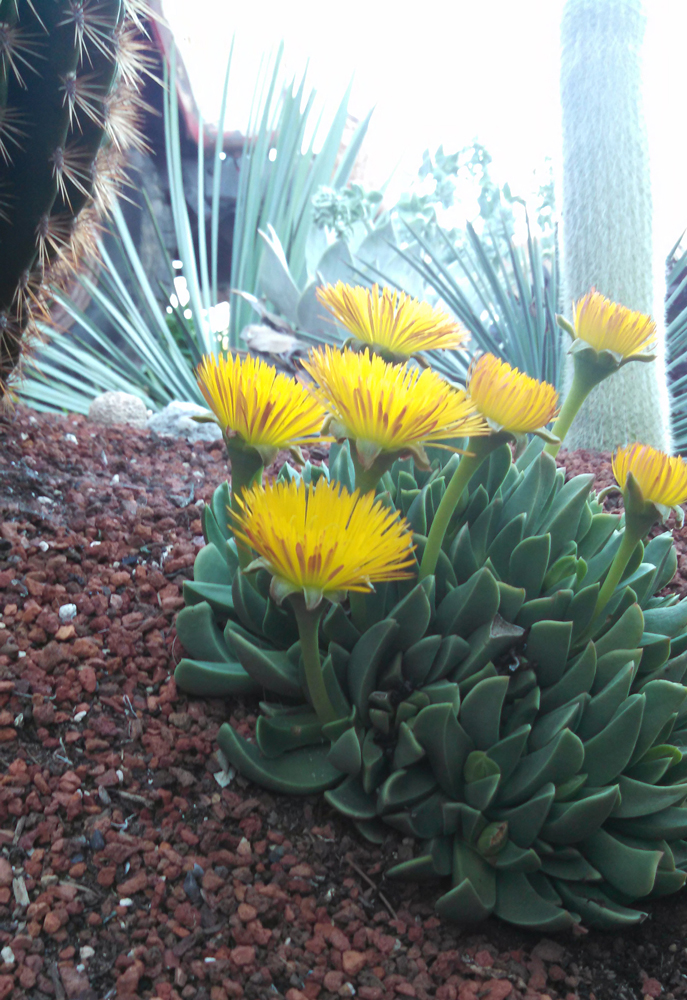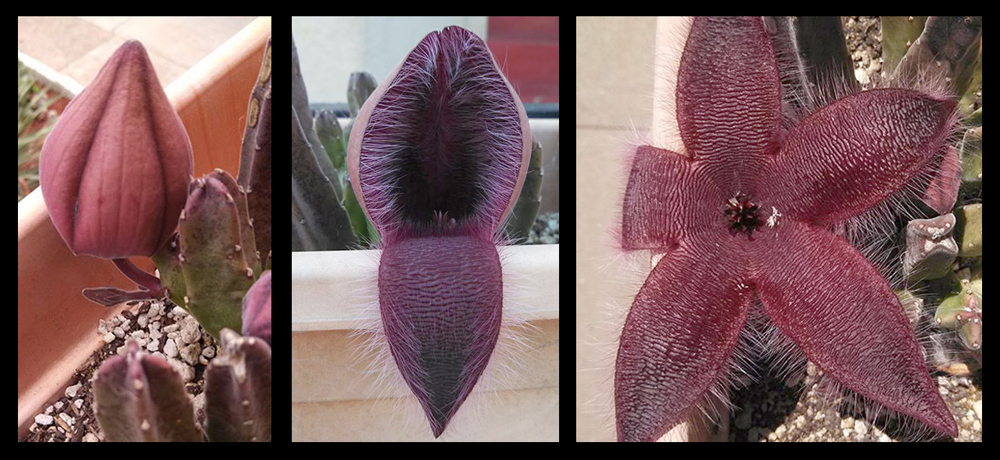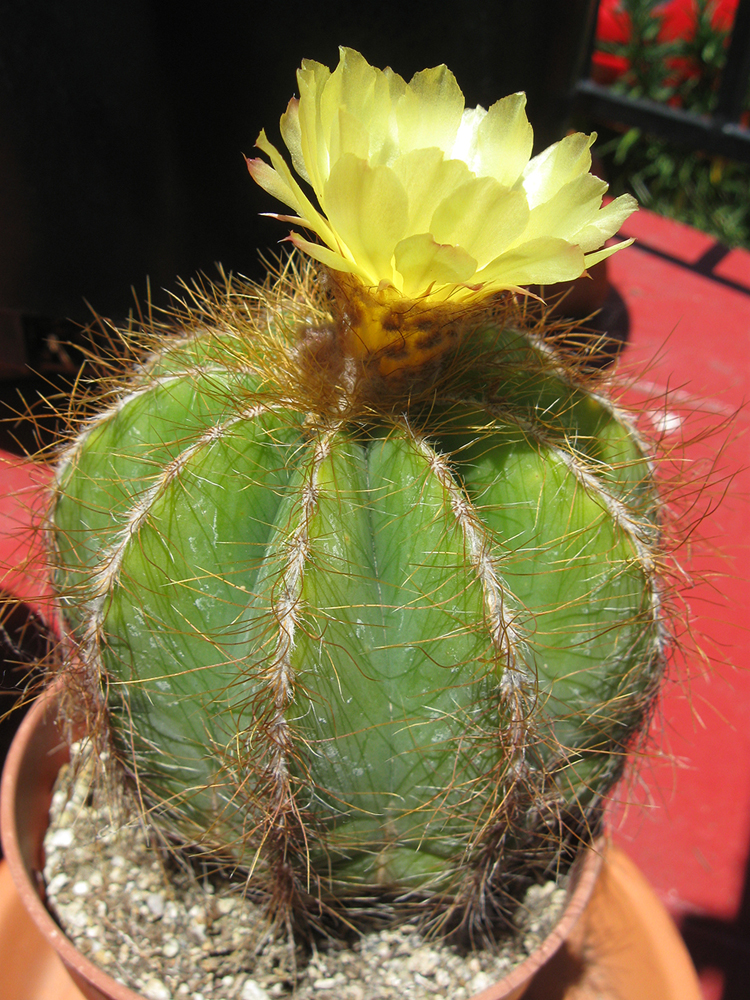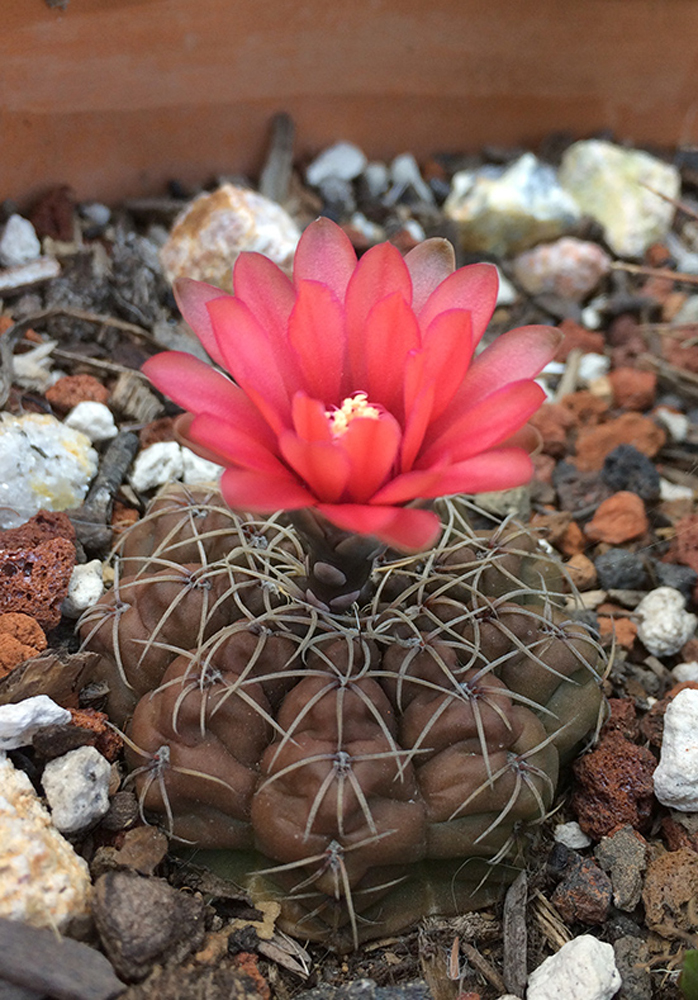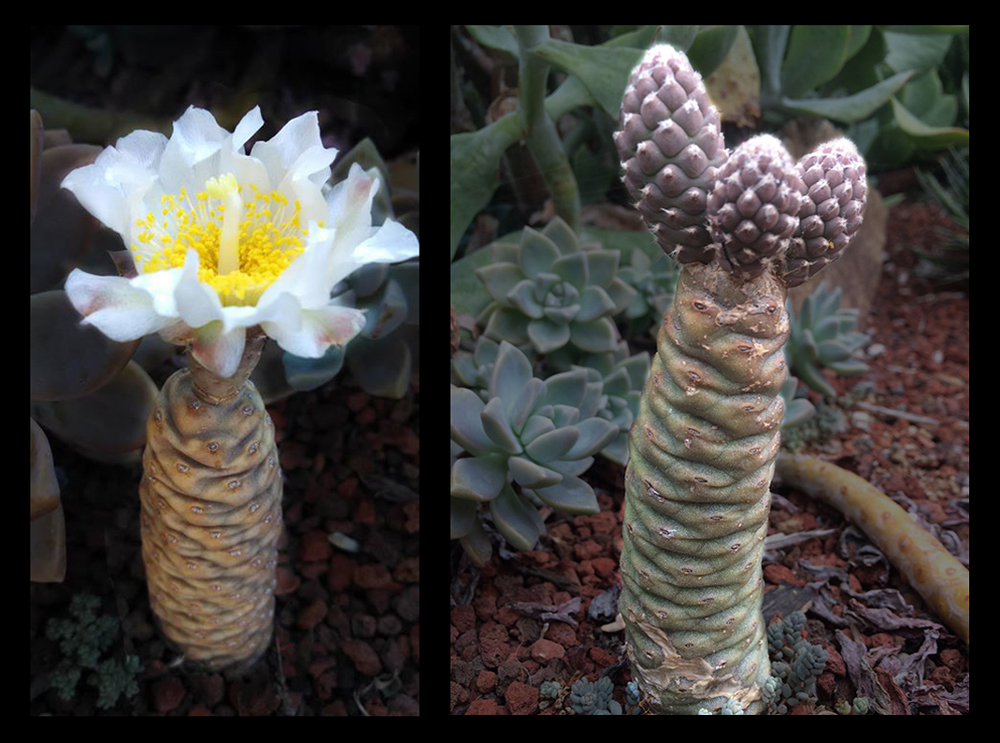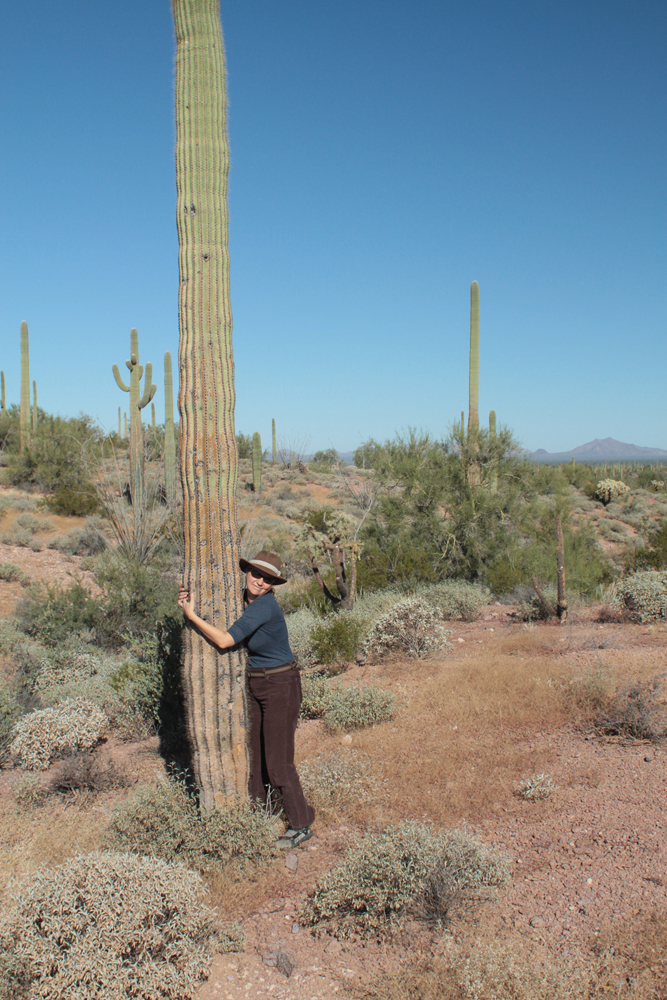Drought Kill Your Garden? Consider the Amazing Cactus (Photos)

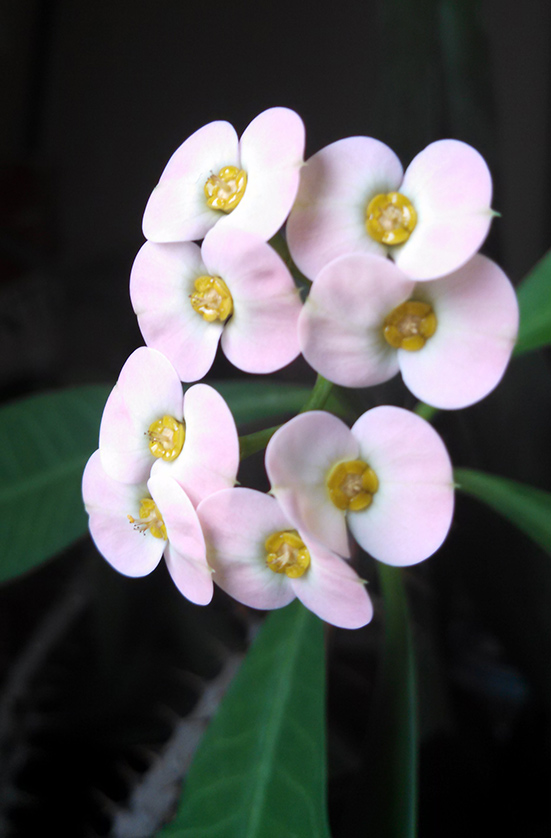
Zina Deretsky is a board-certified medical illustrator and science-technology illustrator based in Oakland, California. She has done work for U.S. National Institutes of Health, U.S. National Science Foundation and the U.S. National Atmospheric and Oceanic and Atmospheric Administration. Her illustrations have been published in Science, Nature, National Geographic, the BBC and many other publications and websites. Deretsky contributed this article to Live Science's Expert Voices: Op-Ed & Insights.
When I was 3, my family came to the United States from the USSR. My parents' English as a second language teacher and her adult sons (who were biologists) became our closest friends, helping us transition as Americans. When I was about 5, the youngest — cactus expert John Trager — gave me my first cactus, Mammillaria zelmaneana, in a cute elephant pot. I was hooked.
One evening, he had my family over to look at, and smell, a cactus called a night-blooming cereus. It was special, solemn, magical — almost like a church ritual. The cactus stood on an "altar" of patio furniture. The majestic white flowers bloom for just one night and then wither. The aroma was subtle and divine. [Desert Blooms: Spectacular Photos of Organ Pipe Cactuses]
Cacti are unusual, nearly infinitely variable in texture, spine, color and shape, though not often appreciated, in the beauty and variety of their flowers. Cacti don't require much water, as they are adapted to desert living, and they are extremely easy to propagate from cuttings.
Since my first Mammillaria, I have always kept potted cacti, succulents and euphorbias (spiky plants of the Old World known for their celebrity spikeless member, the Christmas poinsettia). In 2008, my husband and I moved to a house in Oakland, California. It was my first chance to have an outdoor desert garden. In 2012, John Trager — now well established as curator of the desert collections at Huntington Botanical Gardens in Pasadena, California — gave me a simple, foolproof recipe for the dirt: 80 percent fine lava rocks to 20 percent compost, with a bit of native soil mixed in. (See tips for growing cacti at bottom of gallery.) [Capturing Cacti Before the Disappear: Q&A with Cacti Curator John Trager ]
Three years ago my plants went in, and they always bring me joy. And they grow rapidly. My Echinopsis pachanoi (St. Peter's Cactus) comes from a big piece of cactus that fell off my mom's neighbor's plant. It was 2.5 feet tall when we planted it, and the tallest plant in the garden. Now it is easily more than 11 feet tall and about to bloom again.
As a science illustrator, my eyes are attuned to the shapes and structures of the plants.
Get the world’s most fascinating discoveries delivered straight to your inbox.
I photograph them for personal satisfaction and exploration, and as a way to share them with friends on Facebook, especially the buds and flowers. If it's a new plant I just got at a nursery it's a journey of discovery, as I never know what color or shape new flowers will be. Each cactus has its own schedule of blooming and a definite preference for time of day when flowers will open. After my husband and I converted our lawn to xeriscape — (a garden that requires very little water) — many homes on our block have followed. I share cuttings with neighbors and see them up and down the street. These plants bring not only beauty and joy, but a respite from over-consuming water in a period of serious drought. (Credit: Zina Deretsky.)
Cactus royalty
Mammillaria was the genus of the first cactus I had as a little girl of 5. Some plants in this genus have the distinction of flowering in a "crown" of blossoms. This one opened every flower right around Eastertime.
Architectural touch
Mammillaria showing how delightful these plants can be even with no flowers, strictly for the wonderful sculptural shapes they make.
Only for a moment
This art nouveau shape is a flower bud of Echinopsis schickendantzii unfurling. The aroma was amazing. The flower was open for a total of 48 hours. The plant itself came from a cutting I found in a garden.
Reaching for the stars
This is the tallest plant in my garden: Echinopsis pachanoi. It grew from 2.5 feet tall to 11 feet in just three years. The blossoms at the top last less than two days, but they attract many bees.
Large and in charge
This year our torch cactus, Echinopsis huascha, was incredibly prolific with blossoms. We had three really big cohorts of flowers. Each flower lasts a little more than a day, and has no smell. I am sitting in the frame, for scale.
Splendor from the start
Watching a new cactus make a bud and fully flower is one of the most exciting parts of owning a desert garden. The buds, with their own marvelous shapes, textures and colors are just as exciting as the opened flowers. This is Echinopsis oxygona, the Easter lily cactus.
Diversity abounds
Cacti and succulents are delightful for their nearly infinite variety. It will never fail to surprise you. This is the many-petaled flower of a Sempervivum succulent (a genus well known for the "hen-and-chickens" variety).
Desert jewels
Euphorbias, or "spurges," are a very large group of cactuslike plants from the Old World. Cacti themselves are New World species. Euphorbias are frequently spiky, just like a cactus, and the best-known species in their group is the Christmas poinsettia. They are great to grow in the house and can have jewel-like blossoms.
Bright night decor
Machairophyllum brevifolium is a South African succulent ground cover. It is most notable for its bright yellow, crepuscular, dandelionlike flowers. These open right around sundown and stay open for about 4 hours. In their native land they are pollinated by a moth. Each bloom lasts a few nights, then shrivels.
Another unique flower
Stapelia grandiflora is remarkable to watch. Its bud forms like an inverted hot-air balloon about 5 inches in length. When ready, one petal drops down, as if opening the hatch. The other ones follow, creating a fleshy, burgundy and hairy flower. Bottle flies immediately appear, even if you have never seen them around. The flies think the flower is carrion because of the weak carrionlike smell it emits. As the fly lays maggots, the flower is pollinated. Unfortunately for the maggots, the flower is not a suitable source of food, as real rotting meat would be, and they die as the flower closes up.
A rainbow of blooms
Cacti bloom in almost every shade of the rainbow. This Parodia magnifica is native to the south of Brazil. It is a reliable bloomer and has a display every year.
Beautiful bloom
Gymnocalycium bruchii, from Argentina, is a tiny, squat cactus with a wonderful, almost salmon-colored bloom that lasts for a few days, opening up around 2 p.m. each day.
A surprising find
The spruce cone cholla, or Tephrocactus articulatus, is a plant native to the southern parts of Mexico. It was a great surprise to see it bloom this far north (near San Francisco). After blooming it went dormant for more than a year, but is now sporting three new vegetative sections.
True love
I am not shy from following my passion during my travels, and visiting the desert cousins of my garden plants. I don't fear the spikes, and am easily provoked to hug cacti. Although my husband always carries special tweezers for just such an occasion.
Cactus growing tips
- You can plant cacti using plants you purchase at the nursery, or cuttings you find or make.
- Use a well-draining soil. I recommend 70 percent smallest grade (one-quarter inch or smaller) chipped lava rock (red or black), and 30 percent black/rich compost that is not chunky.
- Place cacti in pots. If you have the option for an outdoor garden, they will do better there, with the same potting mix as mentioned above.
- If the plants are from the nursery, remember that you may have purchased a plant that is used to a greenhouse environment (perhaps protected and/or slightly humid). Your home garden environment may be drastically different. I have burned plants that way, even killed them — even when I knew I had purchased desert-hardy species. Go easy on them. Protect them with squares of window screen or similar mesh (such as an umbrella) for the first few weeks so they don't sunburn.
- For cuttings: leave on the windowsill for their scabs to heal, at least for a week (and up to a year); otherwise they can catch an infection from soil microbes.
- Cacti like sun and a little neglect. It's much easier to overwater them and drown or rot their roots than to underwater them. Sometimes I don't water my plants for months.
- Outdoor cacti must be watered only after the evening shadows are covering them, or before the morning sun comes out. If water splashes on them in the sun, it will burn their bodies and result in brown or discolored spots.
- In hotter months, outdoor plants are the most active and need the most water (maybe a watering once a week). In winter, many of the plants go dormant and can go for months without water.
- Plants get plant-to-plant contamination. If you see scale insects or aphids, or other pests, make sure that plant doesn't brush up against any of your other ones (where it stands day to day, or if you water your plants together in the kitchen sink).
Follow all of the Expert Voices issues and debates — and become part of the discussion — on Facebook, Twitter and Google+. The views expressed are those of the author and do not necessarily reflect the views of the publisher. This version of the article was originally published on Live Science.


